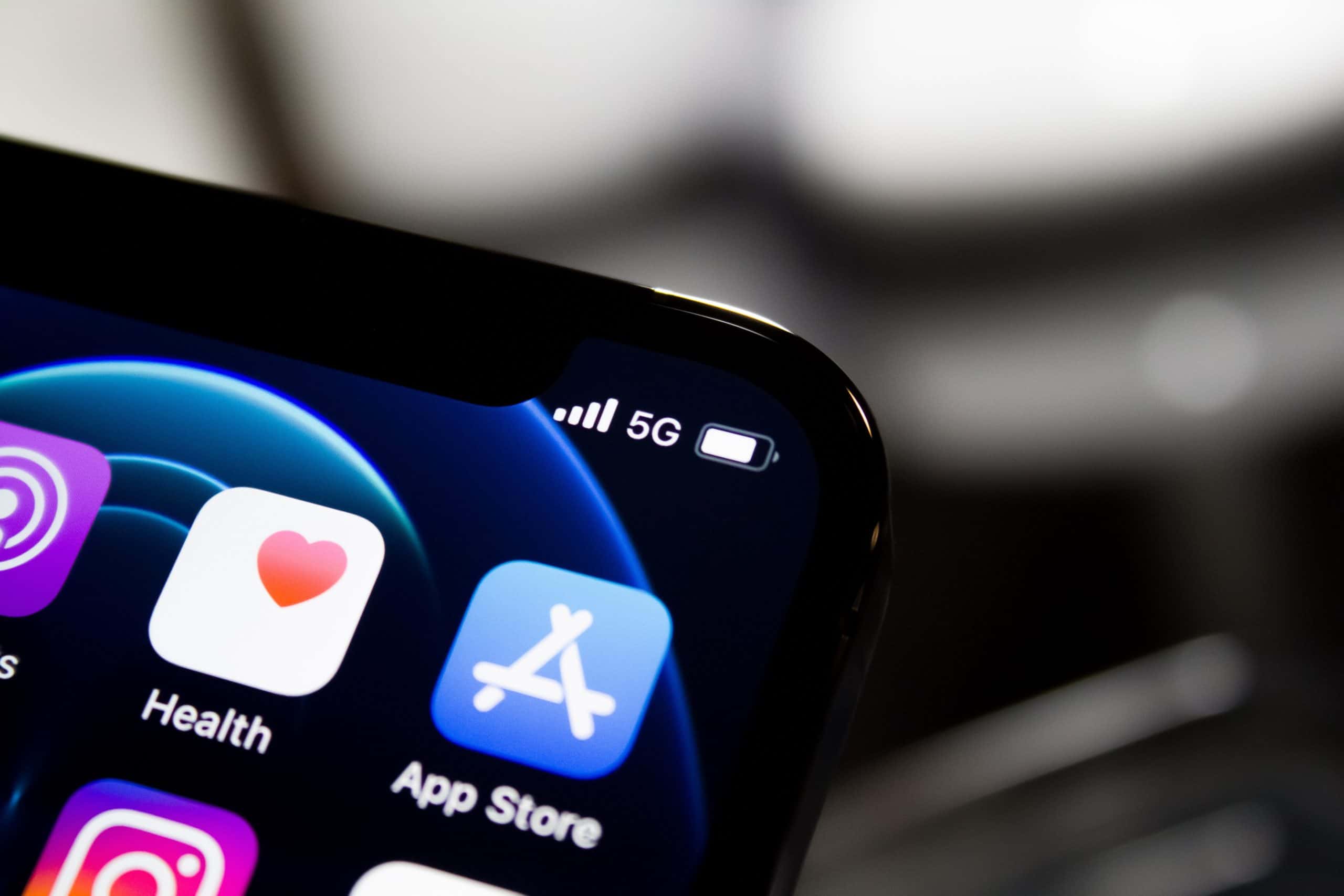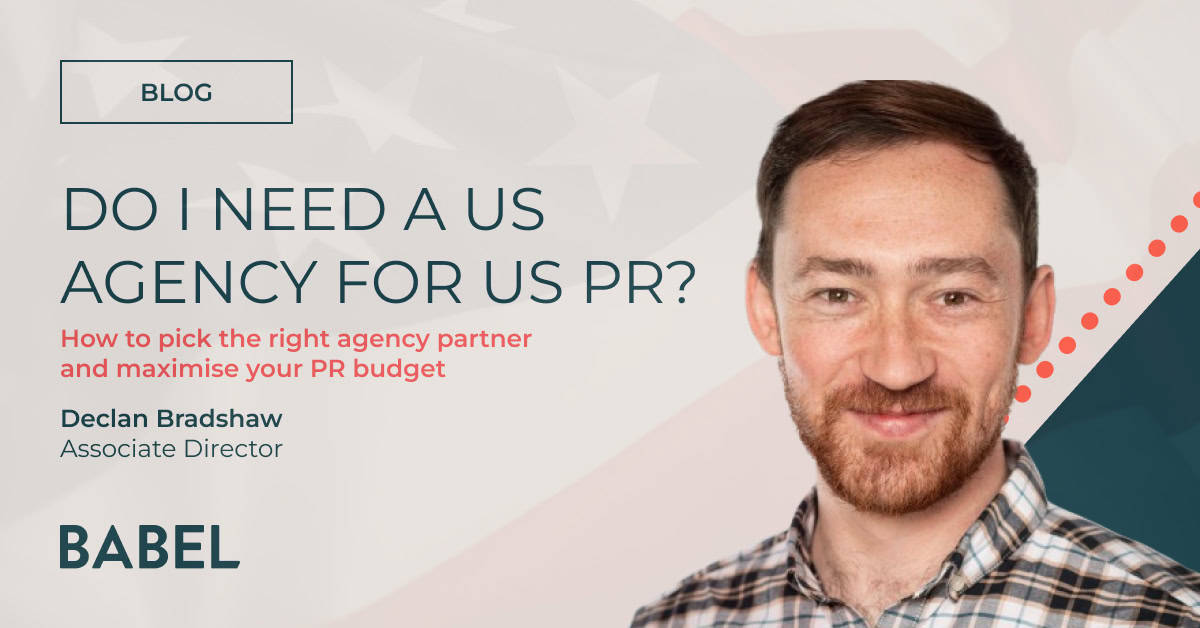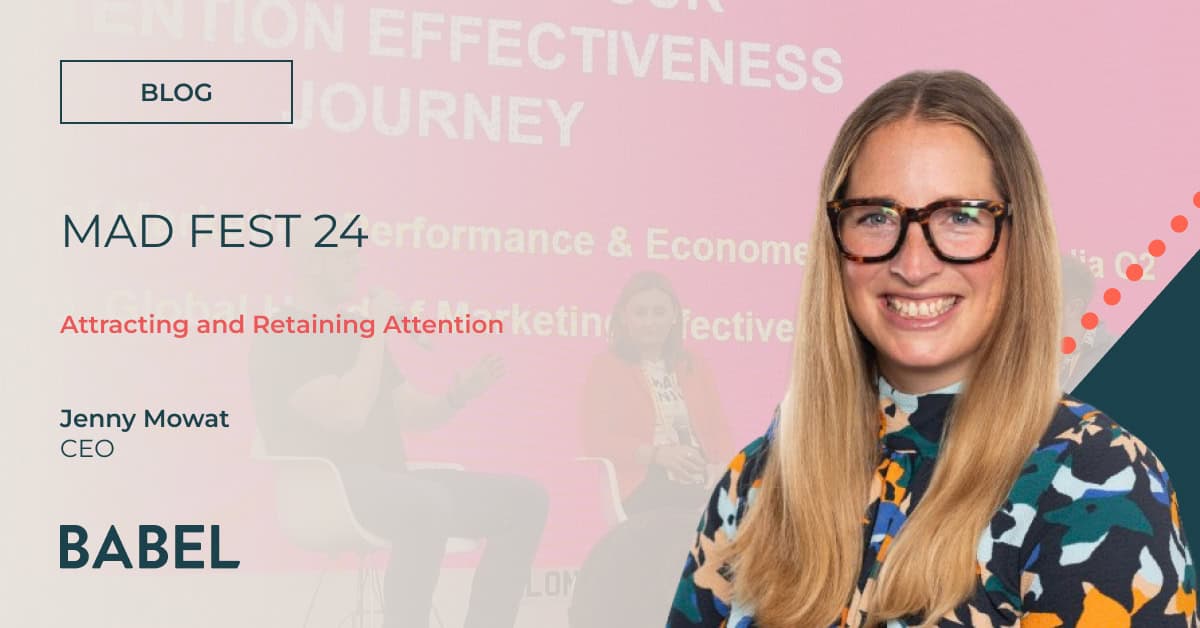
5G PR – Full steam ahead or full of hot air?
So here we are. Apple has jumped onboard the 5G hype train. Often the conductors of the mobile landscape, Apple had waited behind its rivals before finally launching the iPhone 12 and 12 Pro with 5G capabilities last month. Now, numerous analysts and commentators have heralded this as a watershed moment, refuelling consumer excitement and expectations surrounding the next generation network technology.
Mobile operators have been chugging along the 5G track for a couple of years now, slowly building out their network infrastructures. 5G uptake has been, understandably, relatively slow, but with Apple’s launch it is now seemingly full steam ahead in the race to sign up consumers.
But, despite all that 5G advertising promises to bring us, there are many preaching the good word of the (DJ) Lord, saying “don’t believe the hype”.
So, what are the operators actually offering? How are they differentiating themselves? And is a 5G phone worth upgrading to any time soon?
Firstly, what even is 5G?
Good question, glad you asked. I like it when these blogs become interactive.
The quick answer is 5G is just the latest upgrade – the 5th generation – of network technology. 1G and 2G were introduced in 1991, 3G became a thing in 2001 and 4G was introduced in the 2010s. 5G is the latest advancement.
A typical 4G connection delivers between 20Mbits/sec and 50Mbits/sec, meaning you can download a one-hour film in around six minutes. A 5G connection can get you online at speeds of more than 200Mbits/sec, so 10x faster. In the right conditions, with a good strong signal, 5G speeds can even exceed 1,000Mbits/sec – many times faster than a domestic fibre broadband connection.
This type of speed, and the increased bandwidth of 5G (how much activity it can support at the same time), opens up loads of potentially exciting use cases like driverless cars, advanced robotics, remote surgery and so on. For those of us just concerned about our mobile device, it means even faster downloads, higher quality streaming, live gaming without lag and better artificial and virtual reality experiences.
EE was the first of the UK’s four networks to launch 5G in the UK in May 2019, Vodafone 5G went live in July 2019 and O2 followed up in October 2019. Three was the last of the major networks to bring out its 5G offering, waiting until February 2020.
We’ve also seen 5G launches from virtual network operators (MVNOs), those who rent the actual network package from the four above and put their own ribbon on it. BT Mobile (which uses EE’s network) went 5G in October 2019 and Sky Mobile (which uses O2’s network) in January 2020. Then in February, Tesco Mobile (also O2) and VOXI (Vodafone) offered 5G too.
Getting the message out
Will Ferrell’s ‘Ricky Bobby’ character from the Talladega Nights film famously said “If you ain’t first, you’re last”. Well, EE was certainly listening and has taken Ricky’s aggressive competitive spirit through to its PR and marketing too.
The operator launched its 5G network with a big splash around the 2019 FA Cup final held at Wembley Stadium, which EE also sponsors. It released this video, offering football fans the ‘best seats in the house’ thanks to 5G’s low-latency streaming and AR potential. Live sport has been touted as an early beneficiary of 5G so it made sense for EE to use it in this way and to utilise the sponsorship of Wembley Stadium. Plus, when you’re paying Kevin Bacon to be a brand ambassador you kind of need to get your money’s worth…
Since this initial PR campaign, EE has used its ads and PR material to highlight how it currently has the most wide-scale 5G network, covering more locations in the UK than anyone else. EE’s plan has clearly been to get the message out early in the hope that when consumers make the switch to a 5G phone, it has built up enough mind-share to steal customers from its rivals.
Meanwhile, Vodafone has focussed its messaging less on the whole nation, and more on the capital, where the network has been awarded ‘best 5G in London’ by umlaut (a network testing company) in an independent survey. To advertise this fact, it’s using high-tech technology, setting up digital advertising hoardings around the city that automatically show its advert when London buses (which also carry the ads) are nearby. One of them is even near our office!
Three’s adverts have been around for less time, but definitely focus on younger customers and the increased streaming/gaming speeds 5G offers.
Other operators might have been wary of over-promising what their networks could initially deliver, heeding the warning of US network carriers. This article in PC Mag details how AT&T and T-Mobile are both claiming nationwide 5G coverage in the US, but in reality, that isn’t the case at all. Equally, a new report from the financial analysts at New Street Research estimates the number of people that Verizon covers with its “super-fast 5G network” at around 1.8 million people, or in other words, around 0.5% of the US population. Over-aggressive advertising on under-cooked networks risks turning consumers off from 5G altogether.
Devil’s in the details
What about the actual service offerings? If you do want to make a switch to a 5G phone, how are the operators differentiating their contracts?
EE’s 5G data plans range from 30GB to 125GB, although the latter is pricey. It isn’t the cheapest 5G network, but as its ads tell you, it covers the most towns and cities in the UK at the moment – just what you need for all the travelling you’ll be doing during lockdown 2.0.
As for Vodafone, all of its SIM-only 5G contracts come with ‘unlimited’ data, although, as always with that word in mobile, there are a few restrictions. Prices start at £11/mth with an ‘Unlimited Lite’ package which sounds great, but this restricts your data speeds to only 2Mbits/sec, while the regular ‘Unlimited’ contract priced at £13/mth restricts your speeds to 10Mbps – neither of which are actually 5G speeds. So again, to get true 5G network speed from Vodafone, you’ll have to pay for it.
O2 is offering 5G plans at the same price, and with the same data allowance, as its 4G equivalent plans. However, it’s worth remembering that you’ll almost certainly use more data on a 5G plan than a 4G one so this isn’t as impressive as it sounds. O2’s network also covers the least amount of locations in the UK so far. However, O2’s selling point is that it has one of the widest selections of 5G phones on contract.
Three has taken a bold step in offering its 5G services to all customers without raising its prices. It is second in the UK when it comes to 5G coverage, with 5G service live in 66 towns and cities. Three’s 5G SIM-only plans start at £18/mth with a 30GB data allowance. There are cheaper plans available, but these are often restricted to less than 15GB of data which you’d burn through pretty fast on 5G.
Should we believe the hype?
A wise man once asked “is a 5G phone worth upgrading to any time soon?”. Unfortunately, the answer is, it depends how soon is soon?
5G will absolutely change our lives, improving entertainment, manufacturing, health, transport and more. But, networks take time to build. Apple didn’t even bother to promote the 5G capabilities of the iPhone 12 in India, because the country’s network just isn’t ready to support a 5G phone yet. If you live in a major city, and even then, probably only towards the middle of a major city, then you could get a decent 5G experience at the moment. If you live further towards the sticks, then you might want to wait a while longer before upgrading.
The operators will continue to push their 5G messaging because they need to be seen as 5G brands, and essentially, they’re banking on 5G being fully ready for most people’s next upgrade cycle.
There is a risk they’ve jumped the gun, but I do believe almost everyone will upgrade to 5G eventually and network rollout is continuing at a decent pace despite all the challenges of covid-19 (and its conspiracy theorists!). It’ll definitely be worth keeping an eye on the operators and how they continue to compete on price/data plans or bundle other services to differentiate their 5G offerings.
Despite what DJ Lord and Public Enemy said in 1988, you should believe the hype, but maybe wait another year before getting onboard the 5G train…..





